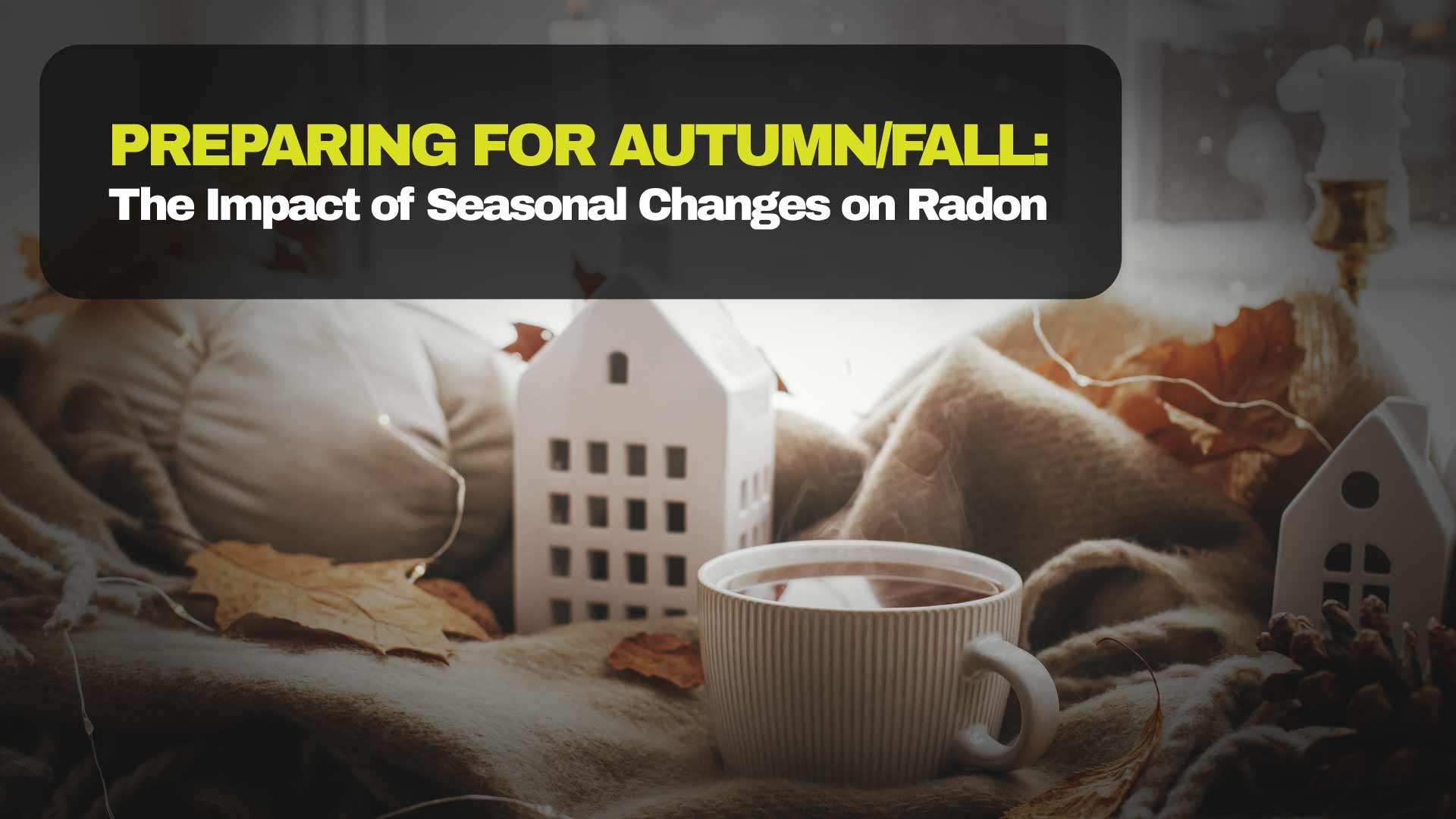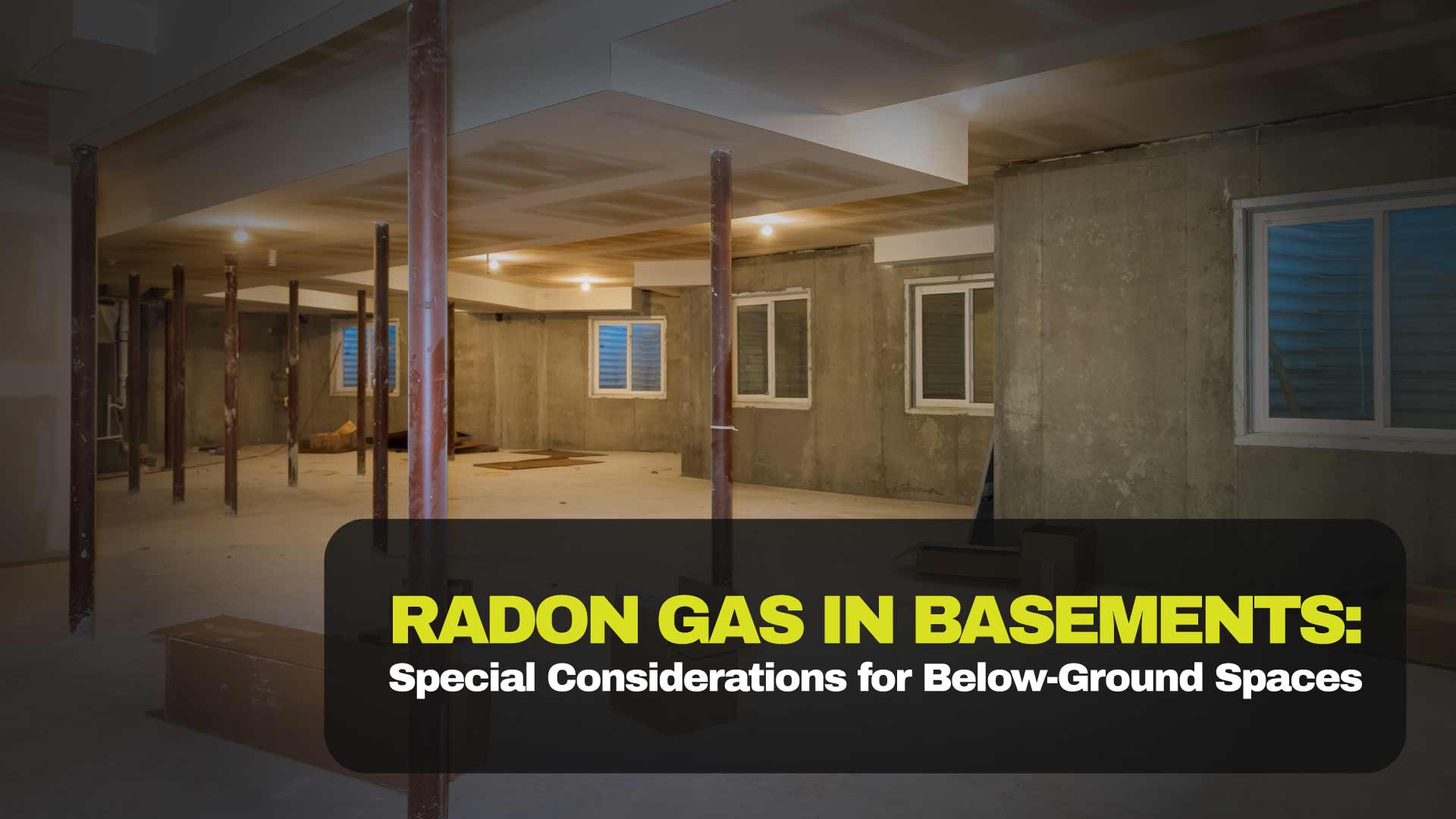Summary
As the school year is now underway, it’s the perfect time to revisit an important question: Are our children learning in a safe environment? Schools and daycare centers across Ontario should be testing for radon, a silent but serious health risk. We don’t intend to scare anyone, but here’s why it matters, and what parents can do to advocate for safe air quality in classrooms.
Why Radon Testing in Schools and Daycares Matters
Radon is a naturally occurring radioactive gas that seeps into buildings from the soil. It is invisible, odorless, and tasteless—yet long-term exposure is the second leading cause of lung cancer in Canada.
Children are particularly vulnerable because they spend long hours indoors in schools and daycare facilities. In Ontario, many of these buildings were constructed decades ago, often without radon-resistant design features. Testing is the only way to know if radon levels are unsafe.
What Health Canada Recommends
Health Canada’s guideline states that any building with radon levels above 200 Bq/m³ requires mitigation. Importantly:
- Radon testing should be done in all frequently occupied rooms at or below ground level.
- Testing should last at least 90 days, ideally during the colder months when windows are closed.
- Long-term testing provides the most reliable results.
What Parents Should Be Asking
Parents play an important role in ensuring safe learning environments. If your child attends a school or daycare, consider asking:
- Has the building been tested for radon in the past five years?
- If high levels were found, has mitigation been completed by a certified professional?
- Is the school or daycare following Health Canada’s radon testing guidelines?
These questions not only raise awareness but also encourage administrators to make indoor air quality a top priority.
Radon Mitigation in Educational Facilities
If testing reveals high radon levels, mitigation is both effective and affordable compared to the potential health risks. For schools and daycares, mitigation often involves:
- Installing sub-slab depressurization systems to vent radon outdoors.
- Sealing entry points like cracks, sump pits, and utility penetrations.
- Adjusting HVAC systems to improve airflow and reduce radon buildup.
When done by a C-NRPP-certified professional, mitigation can reduce radon by over 90%.
A Safer Environment for Children
As the new school year settles in, parents and educators share the same goal: keeping kids healthy and safe. Radon testing is a simple step that can prevent long-term health consequences. By prioritizing radon awareness in educational institutions, we can ensure our children learn and grow in safe environments.







